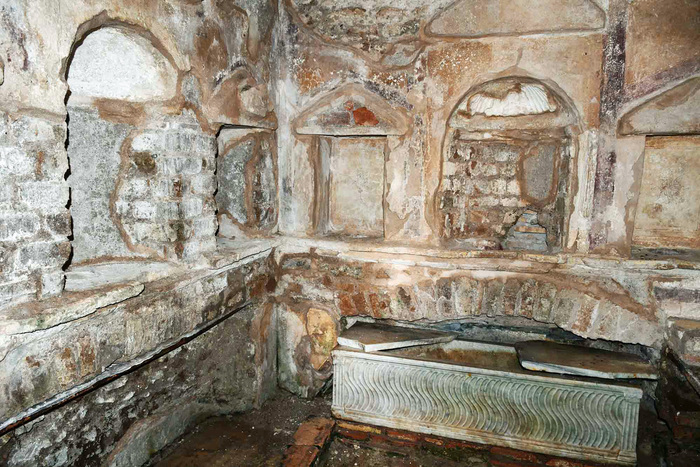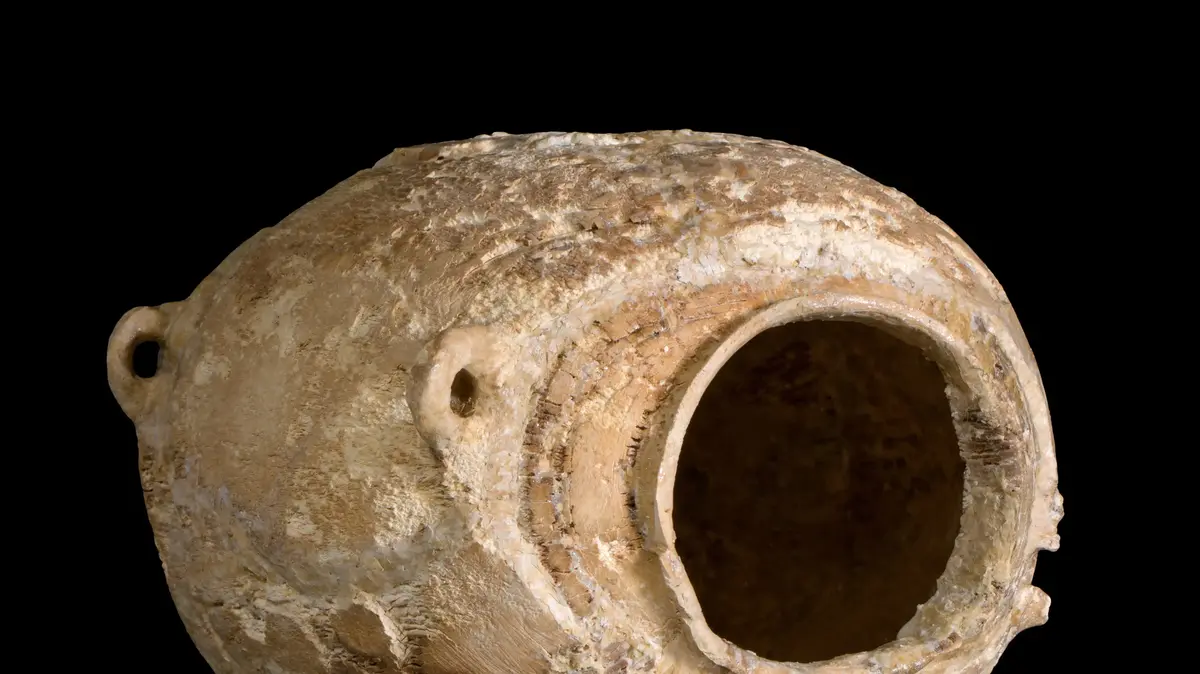As-Suwayda-Sana
The Khans of Salkhad, located in the southern countryside of As-Suwayda, are one of the important archaeological monuments dating back to the Ayyubid period, which embodies the growth of the economic movement in the city during that period and the progress and prosperity it reached.
Head of the As-Suwayda Antiquities Department, Dr. Nashaat Kiwan, indicated to SANA reporter that in the old days the khans were like hotels that are usually built only when a town or city reaches a stage of prosperity that requires this type of facilities, pointing out that the khan was a commercial center that attracts capital owners and provides them with comfort. And safety was also a place for exchanging cultural views and news.
Kiwan indicated that the construction of the ancient Khans of Salkhad came in response to the stage in which this city entered during the Ayyubid kingdom, the time of King Abu Bakr Ayyub al-Adil. It was built in stages during the reign of Izz al-Din Aybak as a result of the growing economic movement, as is inferred from the inscription engraved on its panels, where Aybak wanted to date the building. Each of the four khans in the city is set on a stone to leave his decision clear for those who will follow him from the generations and to date a period of the history of this city.
He explained that these khans were intended to be facilities that accommodate the surplus of the city’s products and industry, as it is noted that there are presses near them, as they were built near the city’s main water pool, considering that the caravans, with their travel trouble, require something like this, and on this basis the bathrooms were built near each khan as they meet in The Khans Area The roads leading from south to north and from east to west to connect the city to other countries and villages.
He pointed out that the first khan, the oldest, was built in 1221 AD in the southwestern corner of the water pool, about 50 meters away from it, and its total area was more than 3,000 square meters, and the area of the bathrooms was located a few meters to the east of it, pointing out that the excavations that were carried out in Martyrs' Square during its paving It indicates that these bathrooms are connected to covered channels that provide water from the adjacent pond, where one of the jars of this bathroom is still near the panel of the khan that adorns the facade of one of the rooms, in which it was stated that the person who ordered the building of this khan was Izz al-Din Aybak in the year 621 AH.
As for the second khan, it was built in 1225 AD on a site that was the beginning of the start of two ancient roads linking the city with Damascus, as mentioned by the urbanists. It is located in the northwest corner of the main water pool, a few meters away from it, and within a spacious house with spacious courtyards, in which are two arches made of clean stones.
It is carved with basalt, and the outer arch is about a meter higher than the inner one. The ceiling of each of them is made of clean blue stones and painted with paint. The khan was provided with potable wells, and it is inferred from its construction that the rest of the services were carried out in its southern part.
Kiwan pointed out that the khan includes two basements, their area together is 400 square meters, and they are in a usable condition, as they were in the past, except that the northern part, according to the owner of the house, was demolished, a small part of its roof was demolished as a result of being bombed by the French colonizer, and the painting of this khan is made of blue stone built in a wall on the main street. It also stated that Izz al-Din Aybak was the one who ordered the building of this khan in the year 624 AH.
The third khan is located in the center of the city to the west of Al-Jalaa Square. It bears a plaque dating back to 1237 AD. It also states that Izz al-Din Aybak was the one who ordered the construction of this khan in the year 637 AH. It still has arches in good condition, and to the north of it is a beautiful palace of Caesarea in front of which there are 4 stone columns. carved
This khan was called al-Dibs. It was surrounded by traces of a press, pots and stone presses. It was heading towards the east with a length of 20 meters and a width of 10 meters, while there is a fourth khan confirmed by the centenarians who witnessed it. It is located to the southeast of the minaret located in the middle of the city and in Al-Jalaa Square and heads towards the east.
Suhail Hatoum













/cloudfront-eu-central-1.images.arcpublishing.com/prisa/KMEYMJKESBAZBE4MRBAM4TGHIQ.jpg)

